Figuring out how and when to mow your lawn before winter can be challenging. On the one hand, you want to cut your lawn low enough that it looks good when you can’t mow it. On the other, cutting it too short could harm your grass.
In this article, we’ll cover six compelling reasons why you should never cut your lawn too low for the winter and provide a few winter lawn care tips.
Let’s dig in!
1. May Shock the Grass

Cutting your lawn too short may shock the grass.
©MariuszBlach/iStock via Getty Images
If you’re into the world of lawn care, you’ve likely heard the rule of thirds for cutting grass. The idea is never to cut the grass by more than one-third of its total length. The idea behind this rule is to avoid stunting the grass’s growth.
Cutting the grass too short could shock it, leading to limited growth in the spring. This issue is exacerbated by the impending winter. Like other plants, grass goes dormant in the winter. As such, it won’t be able to direct nutrients to recover before the cold hits.
2. May Reduce Photosynthesis Capabilities
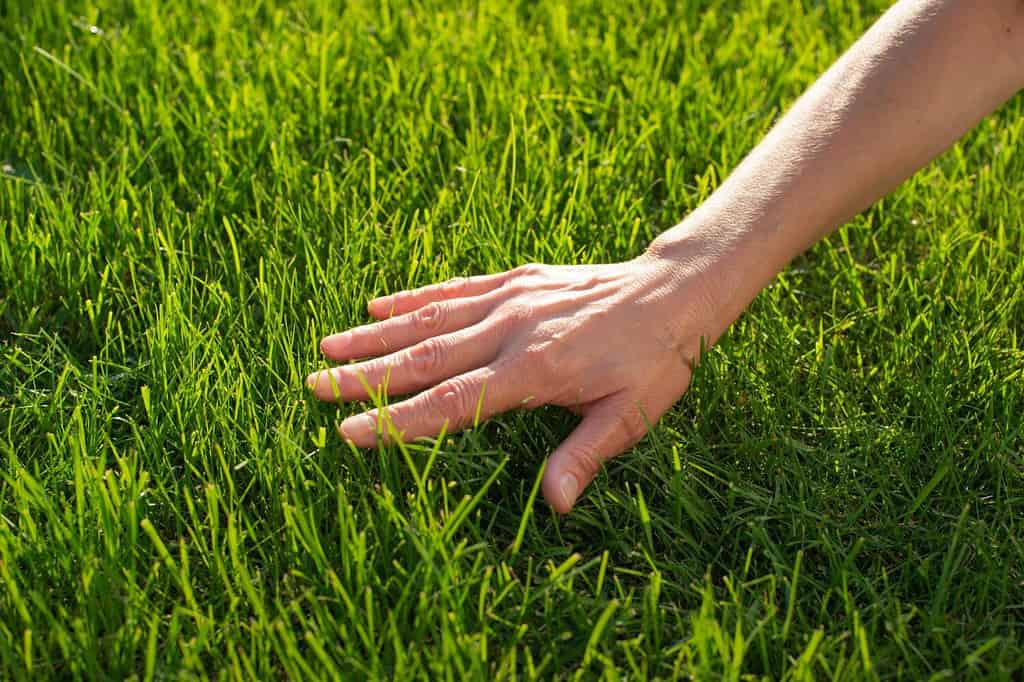
The longer the grass blades, the better they absorb nutrients from the sun.
©Mikhailov Studio/Shutterstock.com
Another factor contributing to stunted growth when you cut your lawn too low before winter is the impact on its ability to photosynthesize.
Chlorophyll is the substance that makes plants — including your grass — green and vibrant. The chlorophyll helps absorb energy from the sun and turn it into nutrients through a process known as photosynthesis. It’s basically the plant’s version of turning food into energy.
The more surface area available, the more efficient the photosynthesis process becomes. By cutting your lawn too low before winter, you limit the grass’s ability to photosynthesize when spring arrives. This will lead to stunted growth and a terrible-looking lawn.
3. Increases Lawn Debris
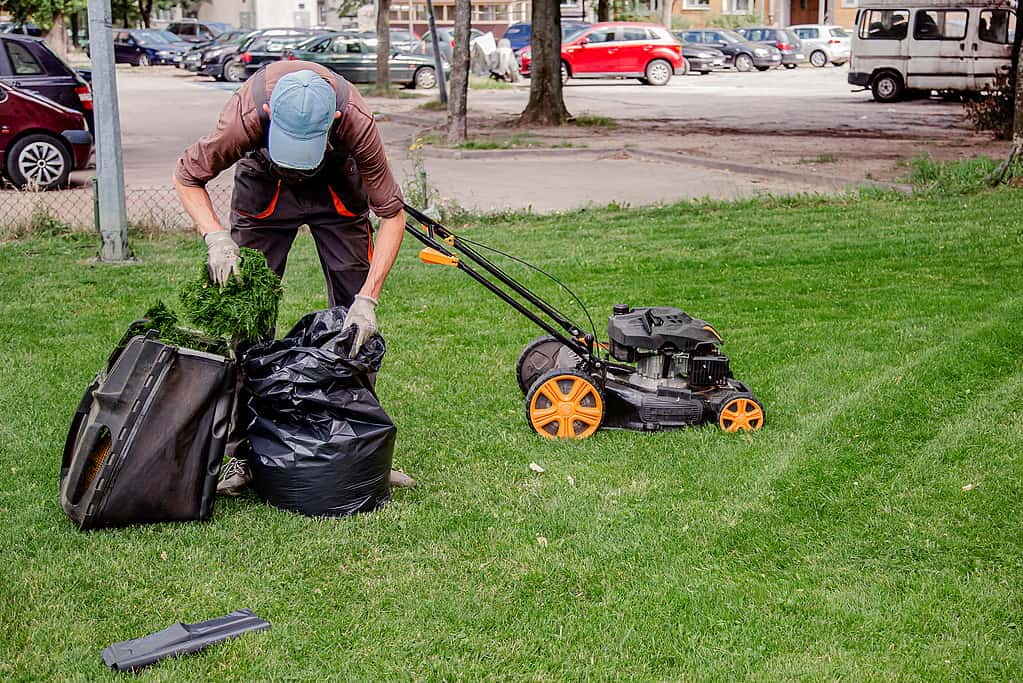
The more you cut, the more you clean.
©EsfilPla/Shutterstock.com
While grass cuttings and mulched leaves are beneficial for lawns, too much of a good thing isn’t good at all. Leaving too much debris on the already sensitive grass will block nutrients and potentially smother the roots underneath.
You can circumvent this issue by cleaning up all the cuttings before winter. However, since you created a lot more debris than usual, you’ll be increasing your fall maintenance workload.
4. Could Damage the Roots in Spring
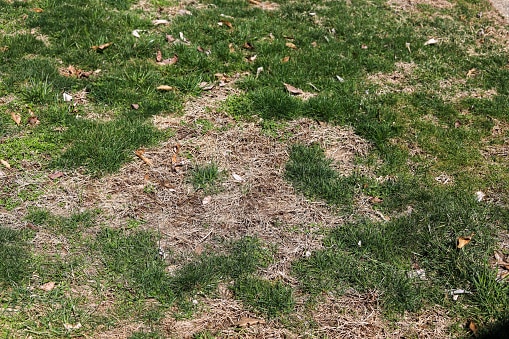
Exposing the roots could lead to scorched, dead grass.
©Robin Gentry/iStock via Getty Images
If you get a few beautiful, hot, sunny days in the early spring, your roots could be at risk of scorching. Cutting your lawn too low leaves the roots exposed and removes shelter from the grass blades above.
The blades of grass also perform another important role: they trap moisture. Cutting the lawn too short and limiting its ability to grow means your lawn will dry out quicker, exemplifying the risk of scorching in the sun.
5. Could Increase Soil Erosion
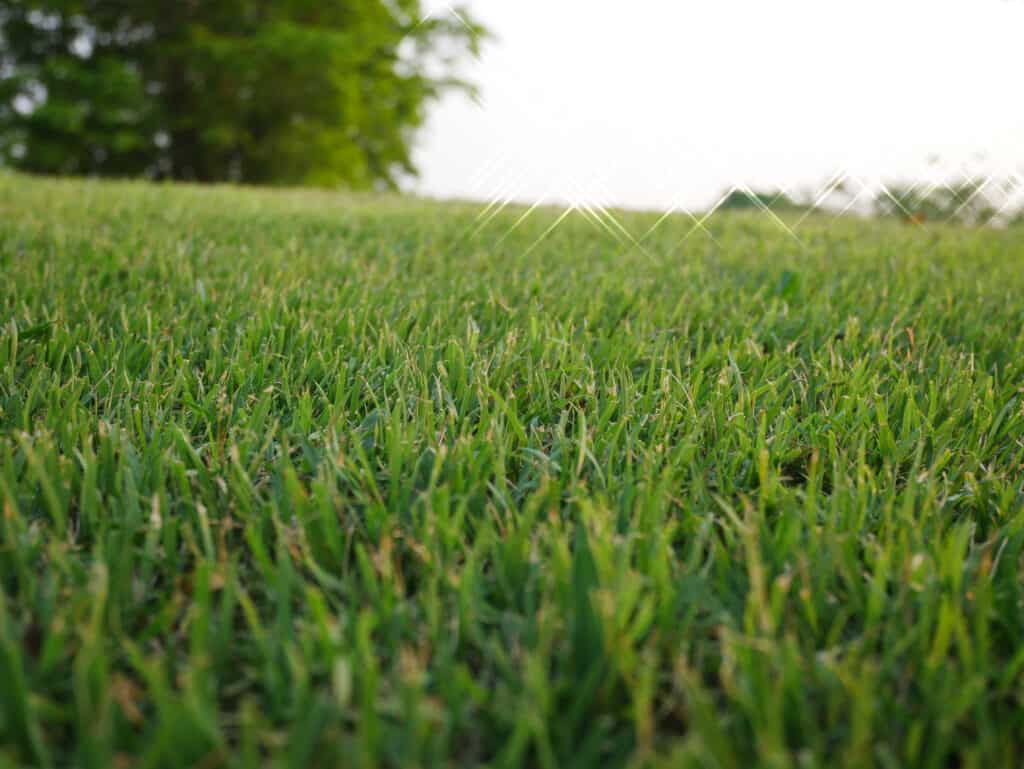
Healthy grass helps prevent soil erosion on slopes and hills.
©Joyjiraporn/Shutterstock.com
Grass plays a pivotal role in preventing soil erosion, especially on slopes. If the grass becomes too thinned out or the root system gets damaged, it will be unable to keep soil in place during the spring thaw.
Consider leaving your grass longer than usual on slanted areas in your yard when you’re mowing for the winter. This will add an extra layer of protection as water starts flowing in the spring, especially if you live in a wet area.
6. Could Increase Frost Heaving

Frost heaving could ruin your lawn.
©Evoque Arte/Shutterstock.com
Frost heaving is an event that occurs when the ground freezes and thaws throughout the season. When this occurs, the ground bursts upward and cracks. This issue is common on unpaved driveways, though even roadways and paved driveways are at risk during extreme temperature fluctuations.
The grass on your lawn creates a layer of insulation for the winter. If you cut your lawn too low, that insulation will be gone, and your lawn will be at a greater risk of frost heaving. Frost heaving will make your lawn look lumpy and could require extensive (and expensive) landscaping work to correct.
Tips for Mowing Your Lawn for the Winter
Now that you know why you shouldn’t cut your lawn too short, here are a few steps you can take to prepare your lawn for the winter:
- Follow the one-third rule — don’t cut your lawn any shorter than you would in the spring. Depending on your usual approach, you may want to leave it longer at 2.5-3.5 inches.
- Mulch leaves and clippings — clippings will reintroduce nitrogen into the soil and feed your lawn over the winter. However, they should be mulched and spread instead of left in clumps.
- Mow before the first frost — try to time your final mow of the year for just before the first frost. Avoid mowing after frost has occurred.
These simple tips will keep your lawn healthy as it enters its dormancy period, so it’s ready for spring!
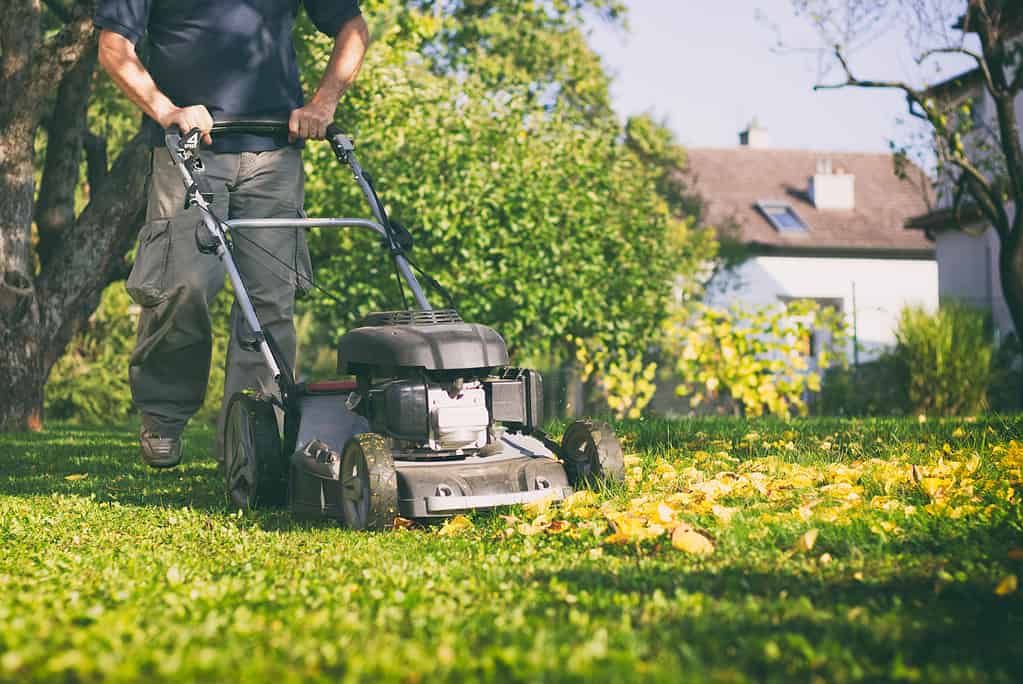
Try to mow for the last time before the first frost.
©encierro/Shutterstock.com
Reasons You Should Never Cut Your Lawn Too Low Before Winter: A Summary
| Ranking | Reason to Avoid Cutting Your Lawn Too Short Before Winter |
|---|---|
| 1 | May Shock the Grass |
| 2 | May Reduce Photosynthesis Capabilities |
| 3 | Increases Lawn Debris |
| 4 | Could Damage the Roots in Spring |
| 5 | Could Increase Soil Erosion |
| 6 | Could Increase Frost Heaving |
The photo featured at the top of this post is © Tim Martorana/Shutterstock.com
Thank you for reading! Have some feedback for us? Contact the AZ Animals editorial team.







